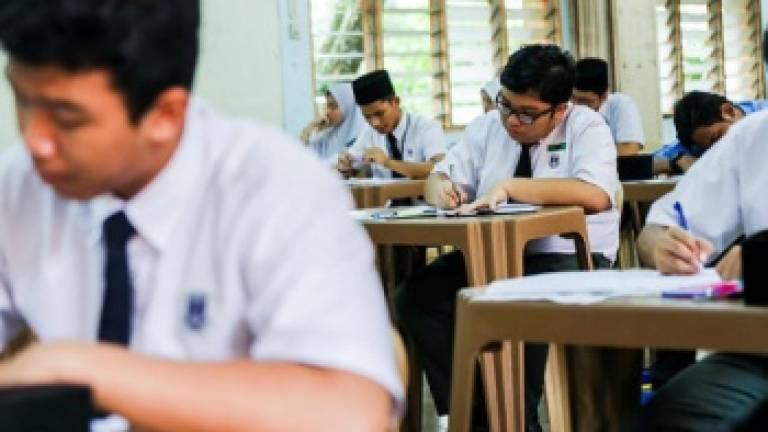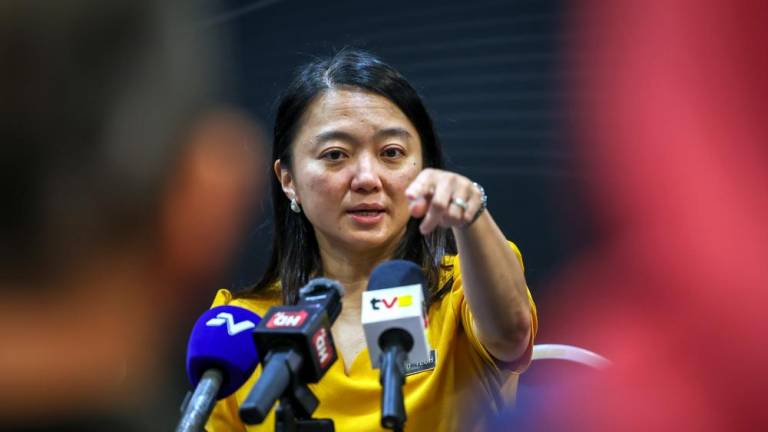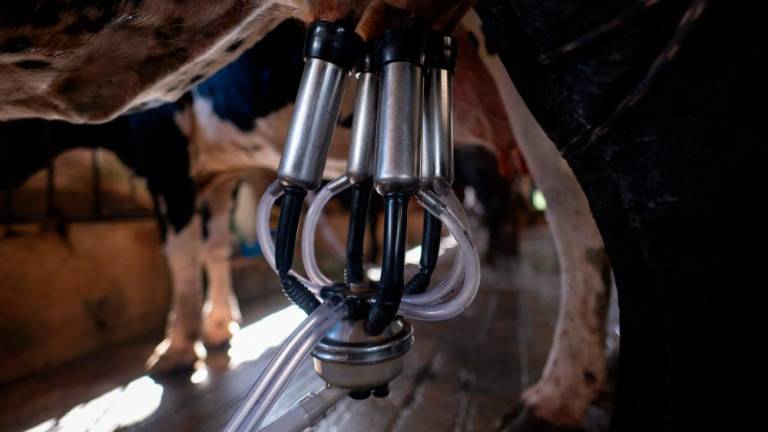MORE than two months into MCO, and it looks like we still do not have a solid plan in place to remodel our schools or transform teaching-learning to meet the challenges brought upon us by the Covid-19 pandemic. There are claims that with the closure of schools, many have switched to online and e-learning, but such efforts are hardly the new norm, they are probably confined to some urban or private schools where both teachers and students are more tech savvy, and have access to the necessary devices and broadband. For the vast majority of the nearly 5 million students with limited access to both devices and broadband, the government has rolled out Program TV Pendidikan or Kelas@rumah, which runs for only two hours a day. This is inadequate and many parents complain that the content delivered seems to be rather arbitrary, not specific with regard to both subject syllabus and levels of learning.
The latest announcement by the Ministry of Education is that when schools reopen, hopefully in the not too distant future, every classroom should not have more than 16 or 17 students, in accordance with the requirement of social distancing. This is not tenable except for maybe private schools and those schools in rural areas which are under-enrolled.
Replacing conventional classroom teaching by the much touted online and e-learning methods seems to be the only solution if Covid-19 prolongs its hold or even stays for good until a vaccine is available. But this is simply not feasible nationwide because a survey by the MOE of 900,000 students shows that ownership of computers and tablets is only 6% and 9% respectively, although smartphone ownership is much better at 46%. In addition, all such devices are often shared among family members and schoolgoing siblings, thus putting further limits and strain on accessibility. Increasing access to devices and broadband is a must to narrow the digital divide between the haves and have nots in online and e-learning. But again this is an unachievable goal within a short time as it involves immense financial resources and prudent planning.
Let us not forget that bridging this digital divide has been a goal since the era of the smart schools in the 1990s yet where are we today? Not much has changed or improved. The reality is that a top down nationwide implementation of inclusive online and e-learning to replace conventional schooling is impossible at this time, not just in Malaysia, but also most countries.
Given the grim scenario described thus far, here are some practical suggestions and ideas that should be considered to minimise disruption to conventional schooling for an expected extended time:
In the worst case scenario without any better alternatives in sight, students should go to schools on alternate days or on a rotational basis, to reduce class size for social distancing. This sounds unthinkable, even unacceptable to many, but desperate times need desperate measures. Each class can be split into two groups with the teacher repeating the same lesson to them on two separate days. This way, students can at least learn something in schools, albeit maybe half of what is supposed to be learned in the syllabus. Otherwise, as it is now, without an inclusive online and e-learning strategy, majority of the students are whiling away their time at home.
All is not lost in the above scenario as learning can still be optimised to match the conventional 5-day classroom teaching, if teachers are able to use blended learning and the flipped classroom approach effectively. Lessons are properly planned whereby students are given a variety of learning materials for directed reading or activities and/or assignments to complete at home for one day. This is followed by face-to-face interactions and discussions – where real learning is said to take place – the next day in the classroom. This way, it is possible to condense two days’ lessons into one day in the classroom and one day at home. The devil is in the details for creative teachers to figure out how best to achieve this goal.
Needless to say, now is actually the time to make plans to revolutionise and transform teaching-learning for the long term, with or without Covid-19 and social distancing. The Ministry of Education should plan for upskilling of teachers for online and e-learning in terms of technology and more so in pedagogy. Master teachers should also be identified to help industry develop content to build a repository or library of resources for e-learning and online learning to support blended learning and the flipped classroom approach which can effectively improve the quality of learning and at the same time reduce face-to-face classroom teaching.
In every school, each class teacher should collect detailed information about each of his student’s access to devices and broadband. With such vital information, each school can re-organise and re-shuffle all its classes so that students with adequate access to devices and broadband will be re-grouped into a class under the tutelage of teachers who are savvy in both the technology and pedagogy of online teaching-learning. These students can opt to stay away from school for online and e-learning from home, with occasional face-to-face classroom sessions with teachers and practical work in laboratories. They can free up physical space in the classroom for their classmates – who have no means for engaging in online learning – to continue with the conventional classroom teaching-learning with other teachers.
The above suggestions are only general ideas which are to be mixed and matched, or modified according to differing circumstances in different schools. Primary and secondary schools are different, and urban schools definitely vary from rural ones. No top-down single approach from the Ministry Education will work for all, one size doesn’t fit all. How these ideas are to be mixed and matched or optimised will depend much on the ingenuity, creativity and problem-solving skills of each individual teacher under the leadership of the school principal and his core senior or master teachers.
Dr Gan Siowck Lee is a curriculum and instruction specialist in distance and e-learning.














